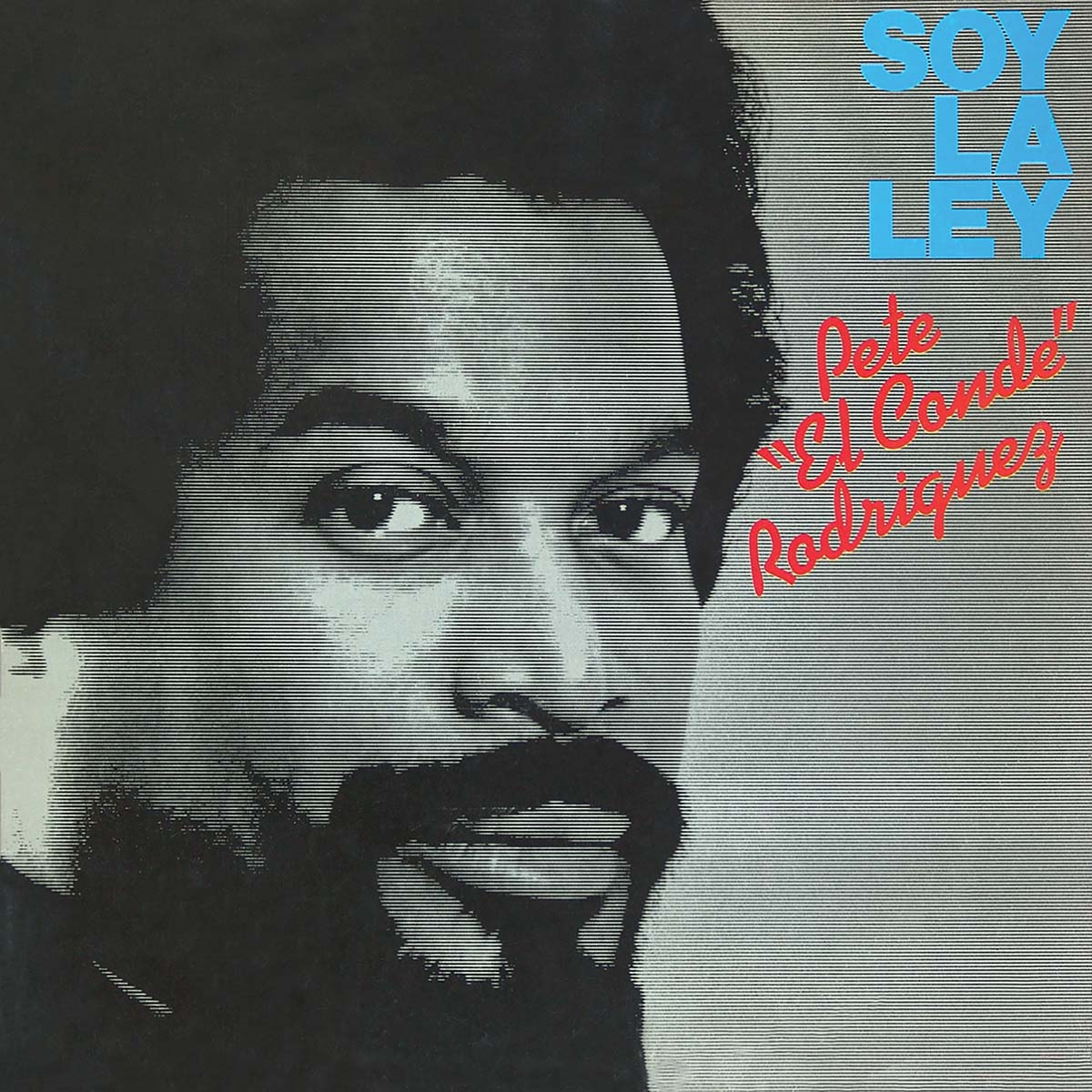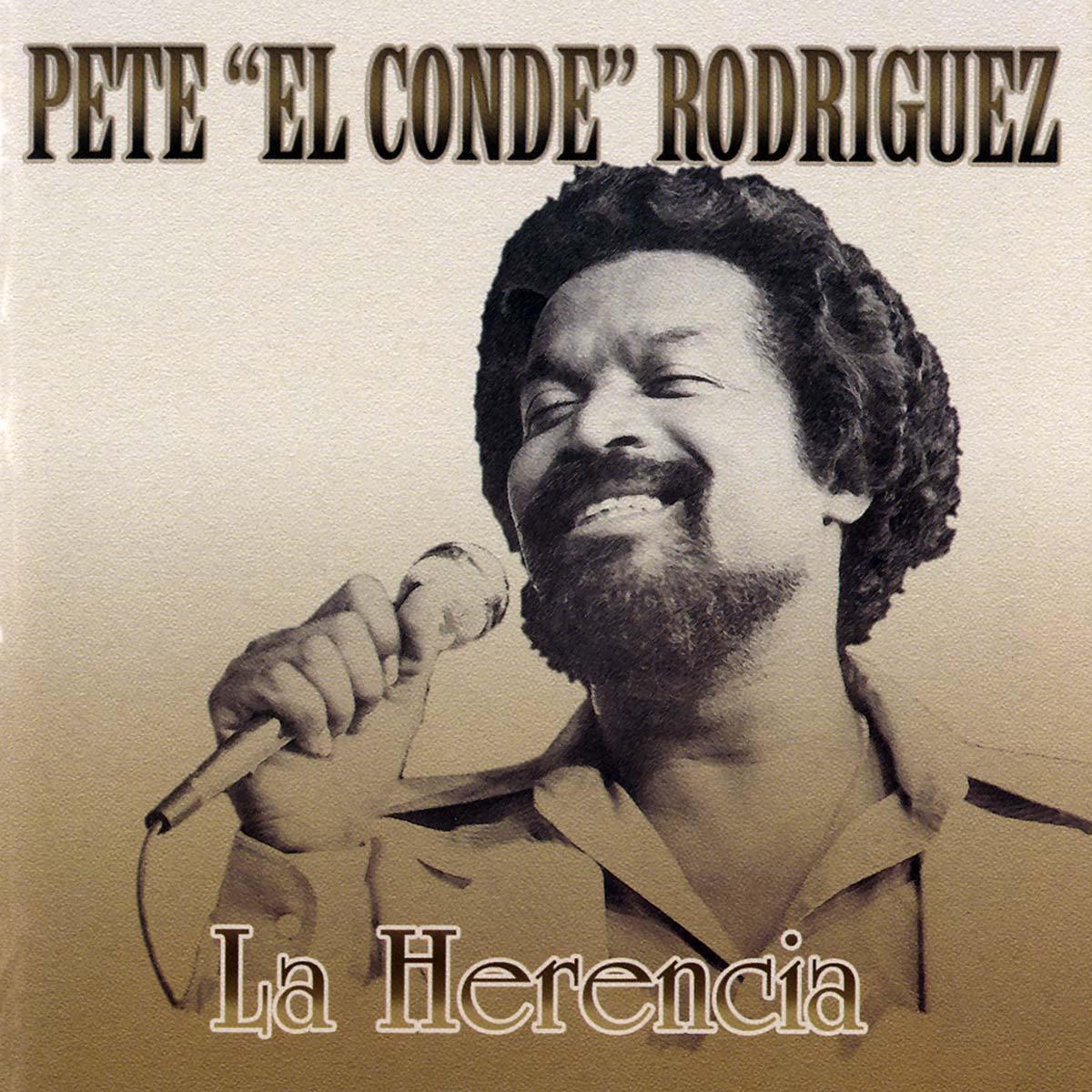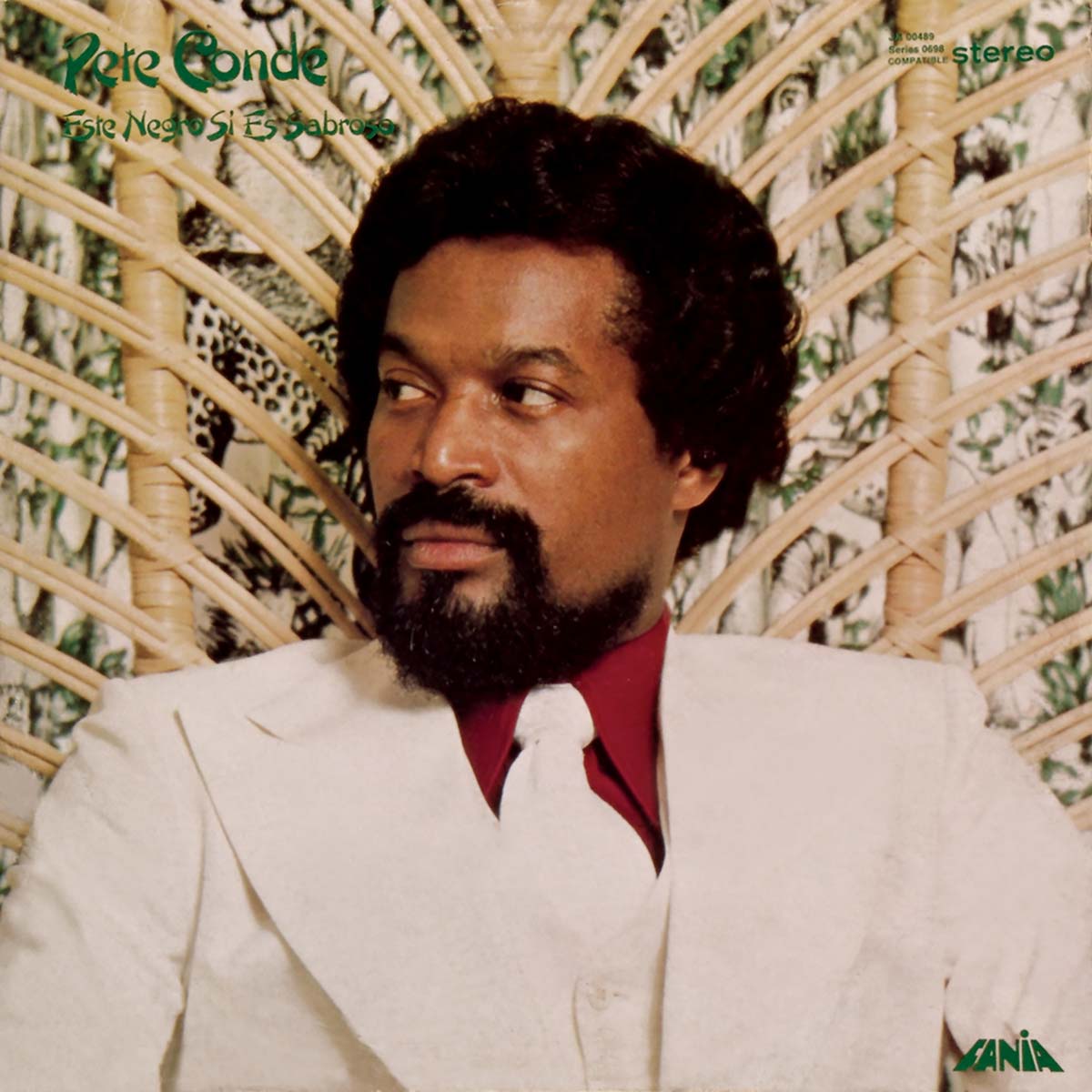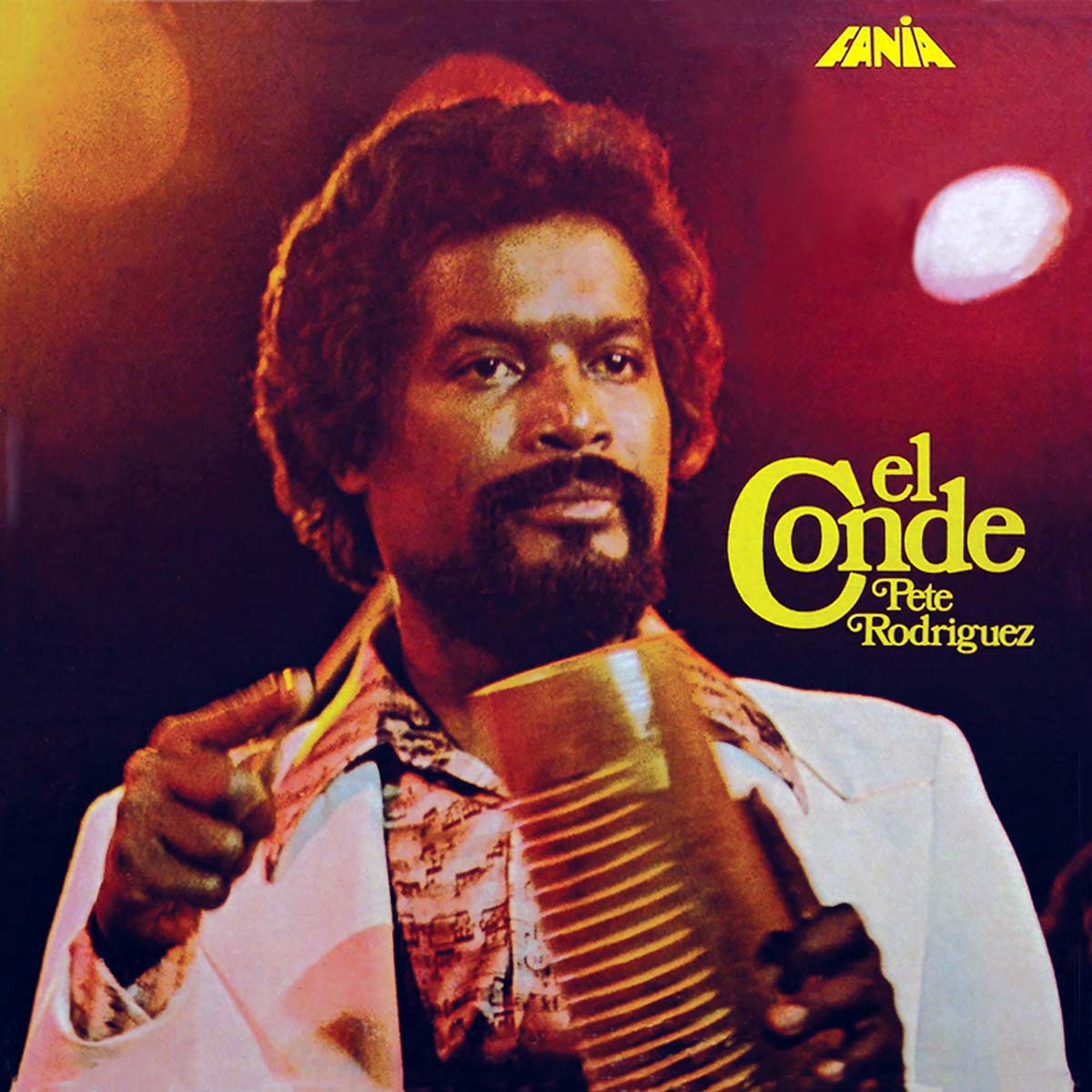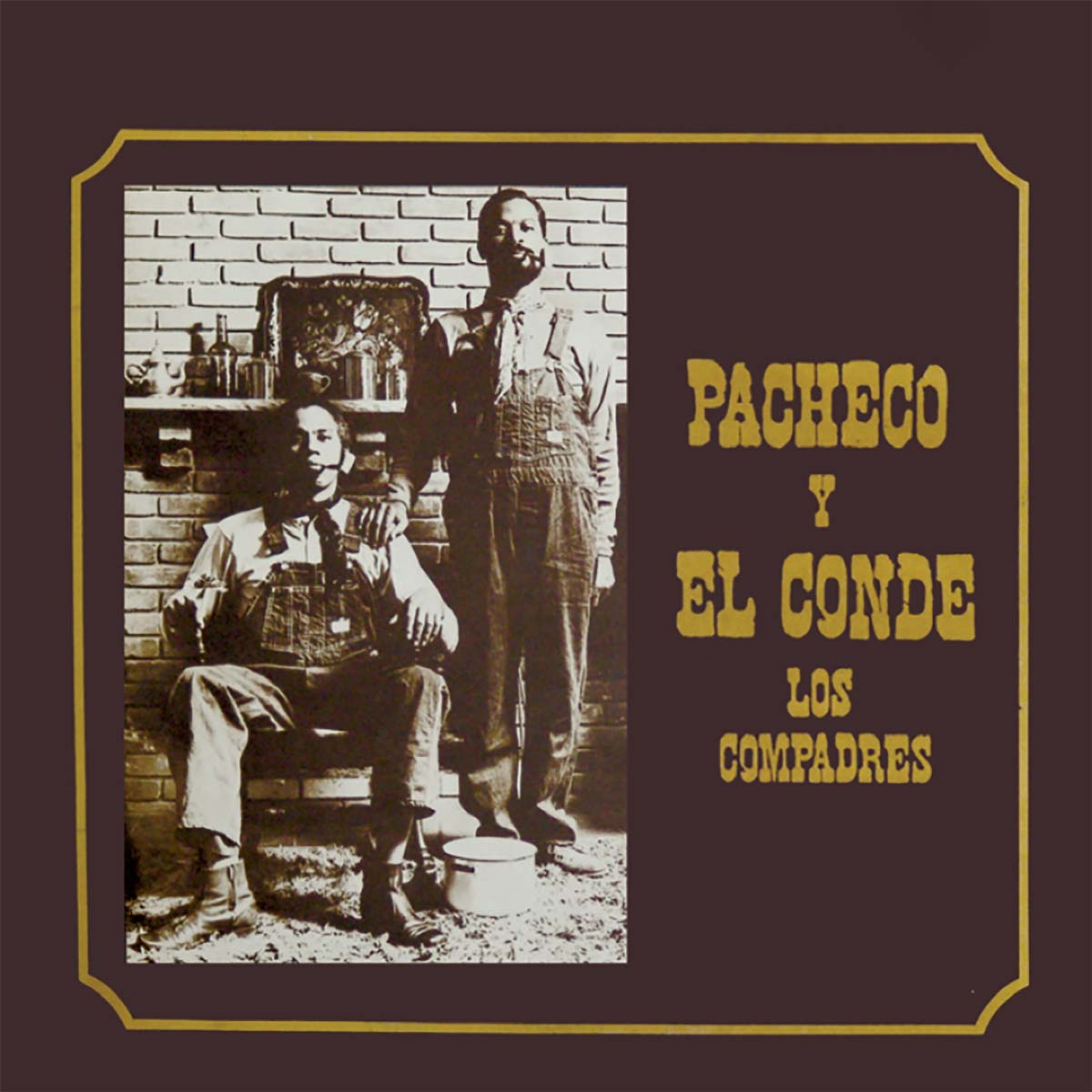
In partnership with Jerry Masucci, an Italian-American lawyer who had handled his divorce, the multi-talented musician Johnny Pacheco formed Fania Records in New York in 1964. The record company, in fact, dominated the Latin record scene for two decades by bringing along promising young artists rather that poaching acts from other labels: Larry Harlow, Bobby Valentín, Joe Bataan and many others became stars on Fania, with Pacheco as the recording director on early releases. He launched the label with the album Cañonazo (its catalog number [S] LP 325 was derived from Pacheco’s date of birth: 3/25) fronting a band called Nuevo Tumbao (New Rhythm) with a Cuban conjunto format of trumpets, rhythm section and vocals and a spirited sound akin to the Cuban giants La Sonora Matancera, Arsenio Rodríguez and Félix Chappottín.
Though born in Santiago de los Caballeros, Dominican Republic in 1935, he favored the sounds of Arcaño y sus Maravillas, Sexteto Habanero, Chappottín, Conjunto Casino and others he heard on Cuban radio to the island’s indigenous merengue rhythm. Typical Cuban music became his abiding passion, and in 1960, he realized one of his life’s dreams by leading and playing flute in his own Cuban-style charanga of flute and violins, two voices in unison and rhythm section of timbales, güiro and conga. Pacheco y su Charanga Volume I was the first album released on Al Santiago’s Alegre Records label and became the biggest selling LP in the history of Latin music up to that point. Four more volumes on Alegre followed..
After seeing Puerto Rican-born Pete “El Conde” Rodríguez playing conga and singing in a Bronx bar, Pacheco hired him as a replacement vocalist. Nicknamed “El Conde” (The Count) because of his noble bearing and majestic stage presence, his first album with Pacheo was Suav’ito (1963), the fourth volume in the Alegre charanga series. “When he performed he had an amazing ability to improvize, play hand percussion like no one else, and dance with so much grace,” said trombonist and bandleader Jimmy Bosch at the time of El Conde’s death in 2000.
Hedging his bets, Pacheco maintained a small conjunto on the side, and when the charanga fad began to slow down, he rolled-out El Nuevo Tumbao with Rodríguez on lead vocals for the launch of Fania Records. “Historically, Cañonazo is a pivotal recording of sorts,” wrote Henry Fiol for Descarga.com in 1998. “Not only does it mark the end of the charanga craze of the early 1960’s, but it also gives us a first look at Pacheco’s conjunto sound, a musical style which he would later go on to amplify (by adding a tres guitar) and develop and polish into a well-oiled machine. Pete “El Conde” Rodríguez gets his first chance to stretch out on this record, and he really kicks some serious butt.”
Between 1964 and 1973 El Conde made an additional six albums with Nuevo Tumbao, including 1971’s Los Compadres, which marked the beginning of Rodríguez receiving equal billing to Pacheco on the album cover. The set captures him and the group in fine form. The opening track Dulce Con Dulce, written by the Cuban Julio César Fonseca, was the biggest hit from the album. Mujer Ingratashowcases El Conde’s crystal clear voice and features tantalizingly brief tres guitar and trumpet solos. Morenobegins in low-key bolero mode, then excitingly shifts up a gear.
Johnny penned Baldemira, with delightfully clipped coro (chorus) vocals, and Soy El Mejor, which has a distinctively Matancera/Chappottín flavor. The legendary Puerto Rican composer Catalino “Tite” Curet Alonso (1926-2003) wrote the track Recordando A. Carmelita. An unidentified pianist takes notable solos on Yolanda and Agárrate De La Brocha. Another highlight is the smoking Solito.
On their next album together, the 1973 Tres de Café y Dos de Azúcar, Rodríguez returned to subsidiary billing. He decided to go solo and made a string of five solo albums for Fania between 1974 and 1982. In 1983 the twosome renewed their partnership for the first of four albums on the label on which they took equal billing. These included the Grammy-nominated Salsobita (1987) and their final recording together, the 25th anniversary releaseCelebración (1989). Rodríguez resumed his solo career in 1990 and made his last album appearance on Tito Puente’s final recording Masterpiece (2000 on RMM), a collaboration with Eddie Palmieri. Meanwhile Pacheco made his solo finale on Fania with 1993’s Sima! and released the comeback album Entre Amigos on Bronco in 2004.
Written by John Child


